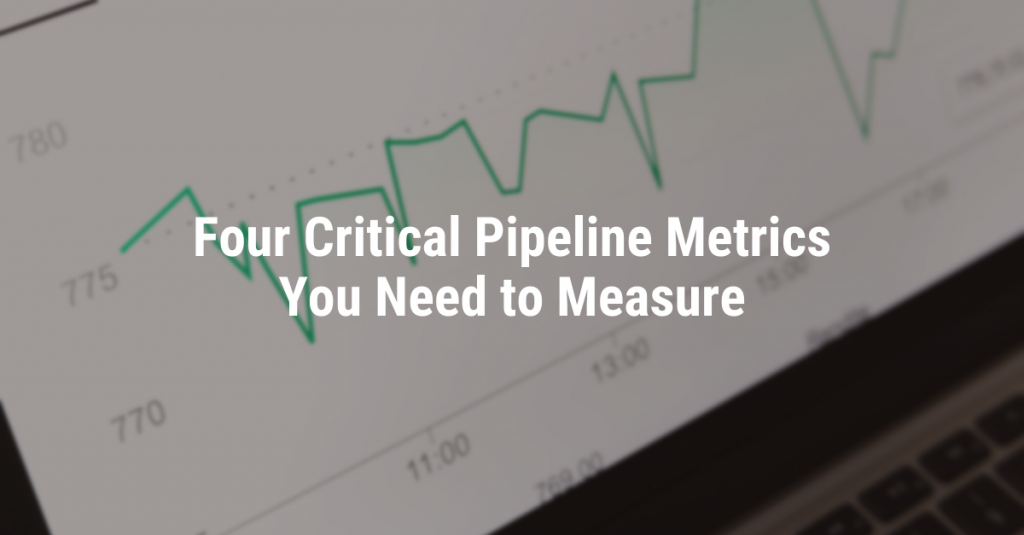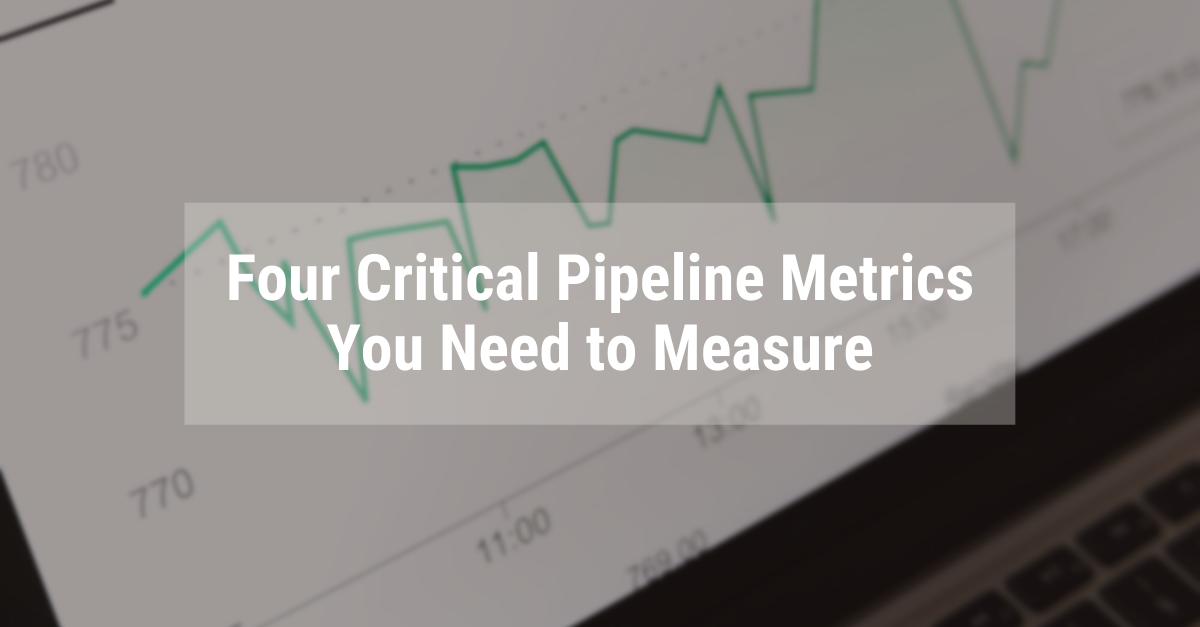
Five Tips for Shaping Your Thought Leadership Strategy
March 24, 2021
Three Steps to Make a Successful Office Return
May 3, 2021
Data drives marketing. It’s foundational to strategy, campaign development and success. The right data tells exceptional stories, influences investment decisions and helps you showcase value.
Here are four datapoints that are critical to track. Calculate them today to baseline performance, measure success and analyze where and how you can optimize results.
Lead-to-Close Conversion Rate
The lead-to-close (LTC) conversion rate tells you about the quality of your leads. The higher the percentage the better, of course. This is calculated by dividing the number of actual closed deals by the number of leads.
If your LTC conversion rate is low, your messaging, offers and content may not be resonating with your audience. Try adjusting the language, tone, and content types to increase this metric in your next campaign. It’s also important to evaluate the type of leads you are generating to ensure they are qualified. Collaboration with sales is key.
If your LTC is high, that’s great – it shows that marketing is working, and that if you invest more, the sales will follow.
Time to Revenue
Time is money, we all know that. The time to revenue metric helps you determine the average length of the sales cycle and identify opportunities to accelerate your pipeline. Ultimately it shows the length of time from the initial point of contact to close. A larger time to revenue could be influenced by a lack of nurturing, sales urgency or middle-of-the-funnel campaigns.
To accelerate your pipeline, implement more nurture campaigns utilizing email, digital and targeted outreach. Focus on the middle and bottom of the funnel – leverage customer reviews, case studies, ROI models, analyst reports and deeper pieces of content. And be sure to personalize – targeted content allows your prospects to build a connection to your company and see themselves as a customer.
Customer Acquisition Cost
Finally, take a look at your customer acquisition cost (CAC). This can help you identify campaign performance and efficiency. CAC also informs future investment.
This is calculated by dividing all the costs spent on acquiring the customer(s) by the total number of customers acquired in the time period that the money was spent.
A high CAC could indicate poor execution between marketing and sales. Publishing content that says one thing while the sales team pitches something completely different can scare prospects away. Look at each of your vehicles and it’s CAC to see where there might be an issue. Then adjust your campaign strategy to better align with sales and the organization as a whole.
Of course, CAC is relative. In B2B tech, $300 per qualified lead may be high for some organizations, and perfect for others. It’s critical to analyze CAC in relation to average deal size (AVD) and lifetime customer value (LCV).
Campaign ROI
On a more targeted level, always set and measure campaign-specific ROI. Determine the goal of the campaign and the associated KPIs. Is it a brand awareness campaign? Assign monetary values to views/impressions, competitive share of voice and message penetration. Demand generation campaign? Measure conversion rates and revenue per opportunity.
Data is foundational for marketing success. It provides the hard evidence as to why something worked or why it didn’t and helps you to make smarter decisions to optimize and improve performance over time.
Interested in learning more? Drop us a line and we’ll help you crunch the numbers!






